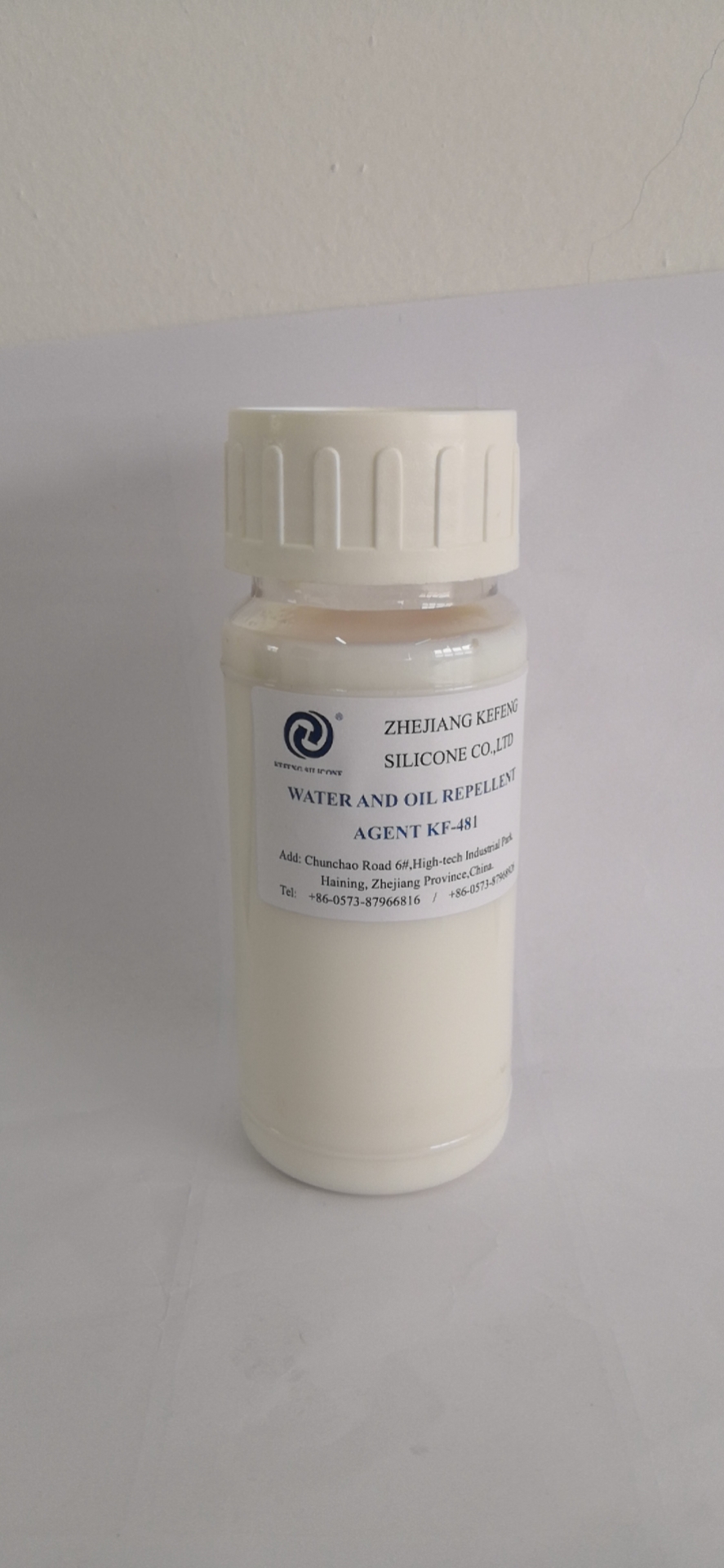

Views: 11 Author: Site Editor Publish Time: 2022-08-10 Origin: Site

If you have ever wondered what are silicone based fabric softeners, you have come to the right place. Whether you use this product in the washing machine or you simply want to make your clothes feel softer, you will find a silicone-based fabric softener in the market. It is an additive that can support fabrics in various ways, including improving their feel and ease of ironing. Listed below are some benefits of silicone-based fabric softeners.
These silicone polyethers are produced by a reaction between oxyalkyl alcohol and polydimethylsiloxane. The silicon-H group of the latter activates the product. In the study, silicone polyethers were produced by Evonik Industries AG and had a comb-like structure. PEG/PPG-14/0 dimethicone and PPG-20/20 dimethicone were used. Abil 8863 was used as a control group.
To get the desired effects, fabric softeners use emulsifiers to stabilize the liquid. Emulsifiers, which stabilize the water phase of the softening agent, are typically 5% in concentration and 10% in typical strength formulations. Silicones are used at a low concentration in blends with quats, but a silicone-based softener is a much more concentrated product.
A new study shows that silicone oil can be incorporated into the fabric softener without affecting its hydrophilic character. In this study, a block-structured silicone (PS3) had a 68% rewettability value, although molecular structure might affect this measurement. The results suggest that silicone is a promising ingredient for fabric softeners for a variety of applications. It is also widely used in household products.
Some fabrics are sensitive to fabric softeners and shouldn't be treated with these chemicals. However, there are many good-quality softeners on the market, including ones designed for fabrics such as silk and linen. These products aren't the same as dryer sheets and may not work as well as the manufacturer says they do. If you're not comfortable with silicone-based fabric softeners, don't worry.
To test the effectiveness of fabric softener products, manufacturers use various tests. These tests include simple and rigorous tests. The basic tests help verify the correct ingredients and concentrations were added to the formulation. Further tests confirm that the formula works according to its stated function. For example, the water absorbency test is sometimes referred to as the Drayes Wetting Test. This test involves dropping a treated fabric into water, which is then measured ten times.
Liquid fabric softeners were first commercialized in the 1960s by major marketers. The popularity of these products increased dramatically in the following decade. As manufacturers perfected their formulations, they began to make more effective softeners and fragrances. Soon, the products were available in the market and were widely used. They're also compatible with other dyes and bleach bath components. The downside to silicone softeners is that they can cause the fabrics to yellow when exposed to high temperatures.
Silicone derivatives have a wide potential as active additives in fabric softeners. Their structure was shown to have a greater effect on selected utility fabrics than additive-free softeners. Bis-PEG/PPG-20/20 dimethicone, for example, demonstrated the best cotton fabric softening capacity and rewettability, while PEG/PPG-20/20 dimethicosiloxane showed the least yellowing effects.
